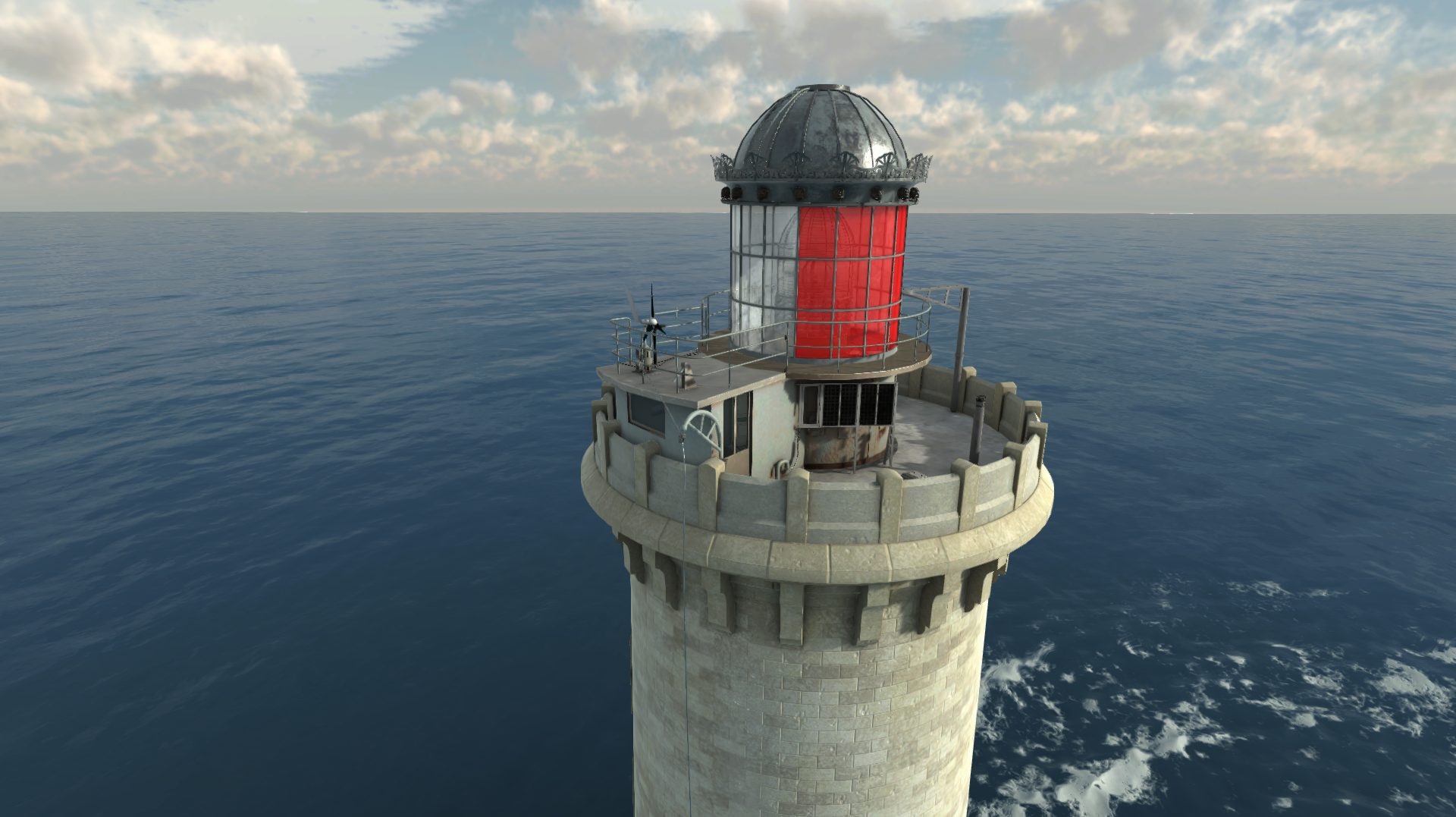
Kéréon
Le phare de Kéréon est un enfer, malgré un intérêt patrimonial évident, une problématique se pose : comment rendre le phare accessible aux visiteurs.
HOME > LabInvirtuo: Virtual Environments for science and technology
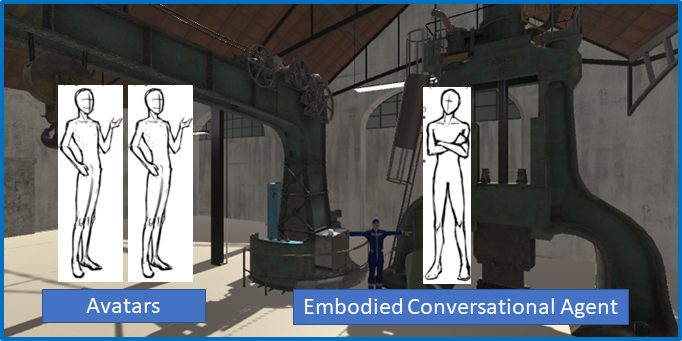
The hypothesis we defend is twofold:
1) the immersion of the users in a « Sensory Realistic Intelligent Virtual Environment » (EVIRS) where the body is engaged from a kinematic, gestural and sensory point of view will result in:
a) an increased recovery of the various procedural, episodic and autobiographical memories that are usually interrogated in the classical framework of oral archive productions ;
b) beyond declarative knowledge, the possibility of capturing gestures and embodied knowledge;
c) a better memorization of the knowledge proposed in mediation;
2) Collaborative Virtual Reality (VR) makes it possible, over and above traditional approaches in humanities, to develop multidisciplinary research methods and innovative mediations with a qualitative and quantitative leap in the elicitation and restitution of knowledge and know-how.
The project is in the field of knowledge engineering, Virtual Reality (VR), Augmented Reality (AR) and Digital Humanities (DH), on the topic: « Human activity versus history and heritage of industrial and sensorial cultural landscapes » as a demonstration.
Our objectives are to develop and validate :
a) virtual laboratories and interdisciplinary research methods in the crossed field of human sciences and computer science based on demonstrators of strong historical and heritage interest;
b) collaborative methods involving both institutional (museums, etc.) and non-institutional (workers, etc.) players in the field of cultural history and the digital preservation of industrial occupations;
c) scenarios located in the SRIVE and dedicated to mediation.
Ronan Querrec (Laboratoire des Sciences et Techniques de l’Information, de la Communication et de la Connaissance)
The author of this summary is the project coordinator, who is responsible for the content of this summary. The ANR declines any responsibility as for its contents.
LS2N Laboratoire des Sciences du Numérique de Nantes
LAB-STICC Laboratoire des Sciences et Techniques de l’Information, de la Communication et de la Connaissance
CREDA Centre de recherche et de documentation des Amériques
FEMTO-ST INSTITUT FRANCHE-COMTE ELECTRONIQUE MECANIQUE THERMIQUE ET OPTIQUE – SCIENCES ET TECHNOLOGIES
CFV CENTRE FRANCOIS VIETE : EPISTEMOLOGIE, HISTOIRE DES SCIENCES ET DES TECHNIQUES
Help of the ANR 712,846 euros
Beginning and duration of the scientific project: December 2020 – 48 Months

Le phare de Kéréon est un enfer, malgré un intérêt patrimonial évident, une problématique se pose : comment rendre le phare accessible aux visiteurs.
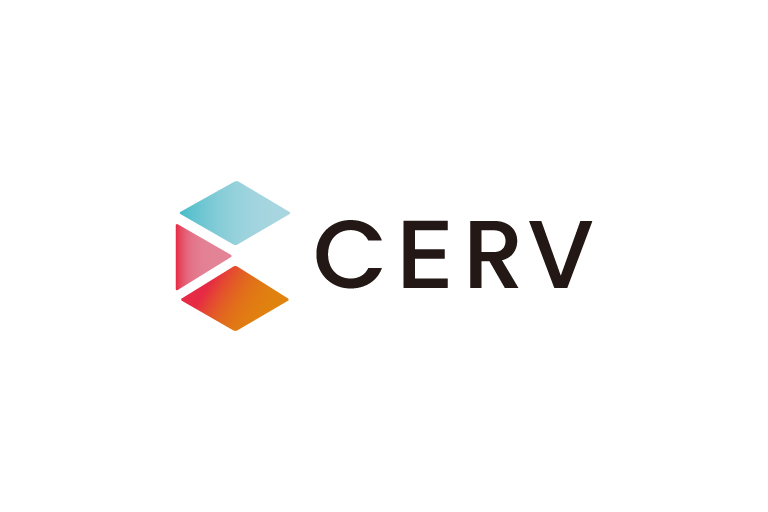
Le projet SISTER (Surface Imaging Solution for TEmperate Reefs) vise à fournir aux gestionnaires des outils efficaces pour surveiller de manière détaillée les récifs d’hermelles.
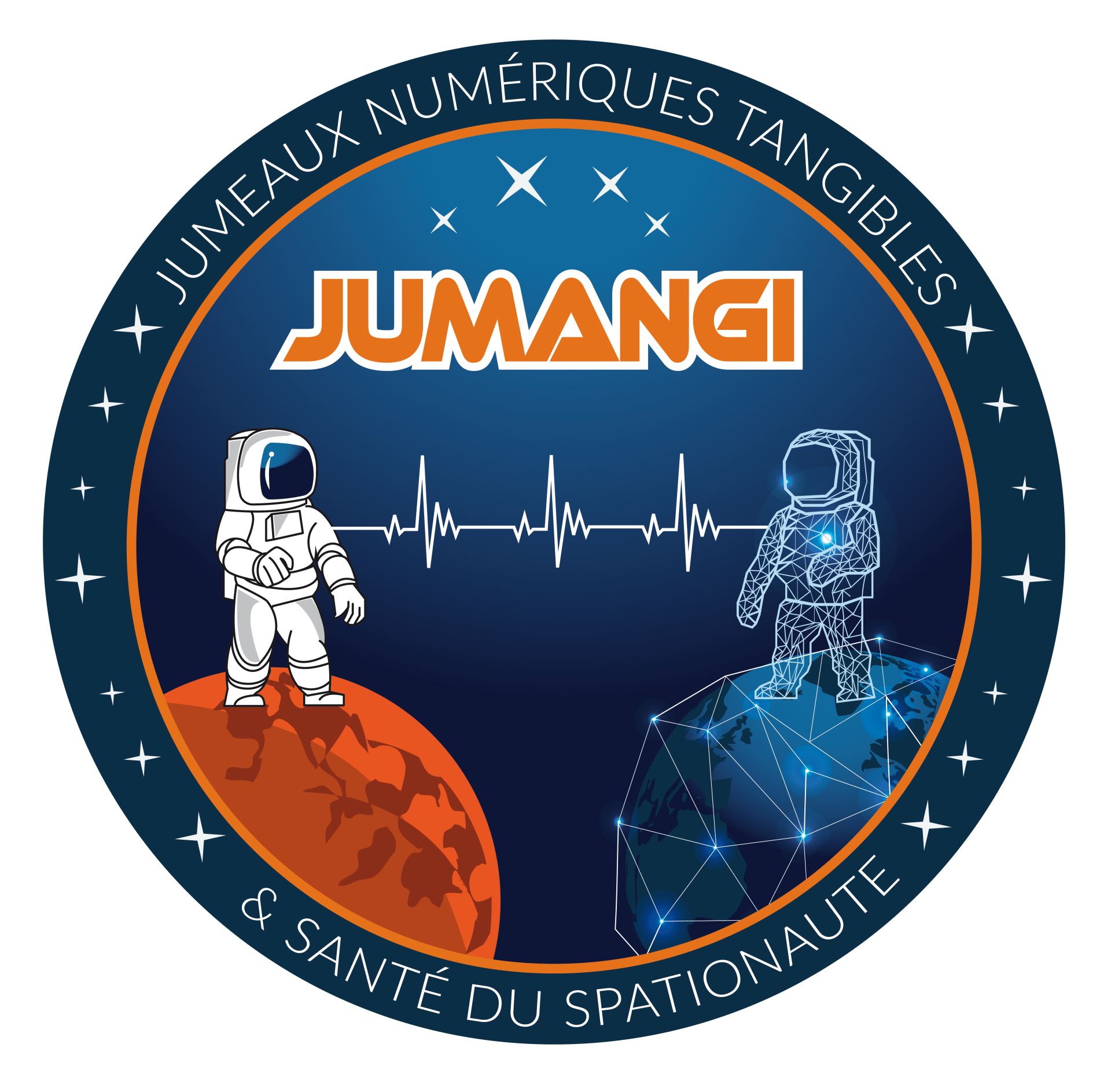
Le projet JUMANGI (Jumeaux nUMériques d’une situation d’Assistance médicale en milieux isolés par l’usage de la réalité mixte et des interactions taNGIbles augmentées) repose sur le principe de collaboration entre 2 utilisateurs potentiellement distants l’un de l’autre (ex. l’un sur Terre, l’autre dans l’ISS ou sur Mars) ou d’une équipe en milieu isolé devant solliciter une expertise distante (ex. sur Mars, station Concordia, désert, pleine mer, …).
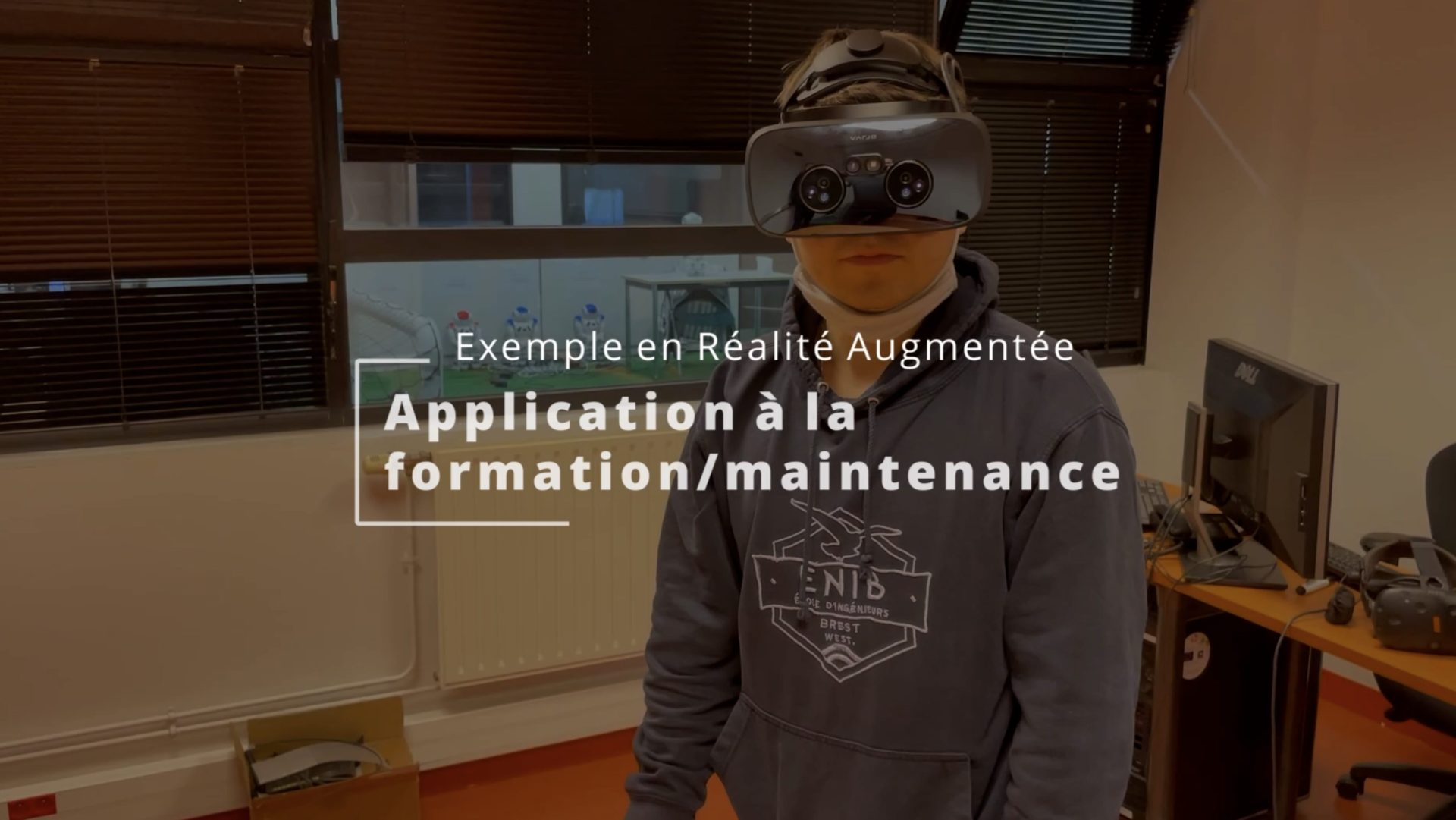
Thales conçoit et développe des équipements et systèmes de mission électronique notamment pour le domaine de la Défense. Les cycles de vie de ces équipements chez les clients peuvent durer jusque 40 ans. Thales assure donc leur support technique pendant des périodes très longues, entre autres, en proposant des services de type formation et moyens d’entrainement.
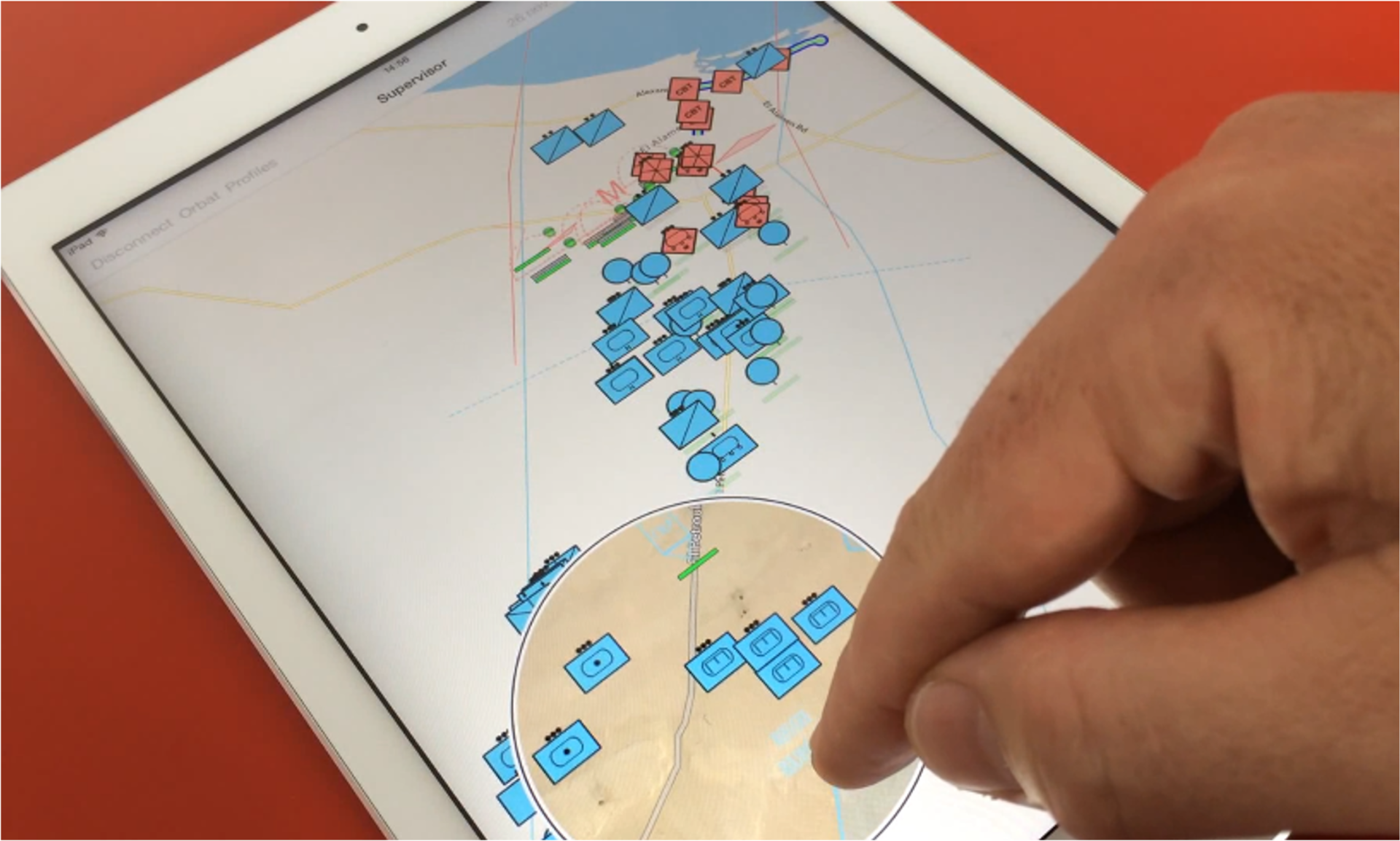
Les C2 (Command & Control) ont pour but d’aider un poste de commandement militaire à gérer ses ressources, à donner ses ordres et surtout à comprendre la situation tactique en réalisant une synthèse des informations connues.